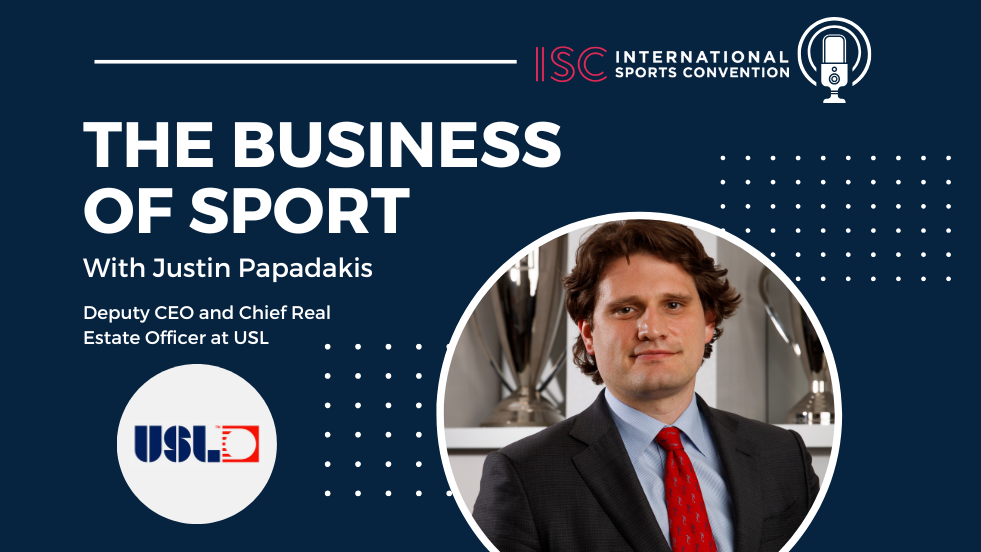A year out from the next FIFA World Cup in the USA, Canada and Mexico, one man is leading the charge to create a sustainable platform for soccer in the USA.
For over 50 years, American soccer has relied on importing players from around the world, mostly at the end of their careers, to play in stadiums designed for more popular American sports.
Now though, a former college goalkeeper turned entrepreneur is trying to change all that.
Justin Papadakis is the Chief Real Estate Officer and Deputy CEO of the USA’s fastest growing pre-professional and professional soccer organisation, which is developing new talent and new stadia side by side. As young and home-grown players are secured to play in teams across the country, developers are being recruited to build stadia integral to new Real Estate Entertainment Districts, to sustain the growth of truly American soccer when the World Cup has moved on.
Justin on developing stadia to build growth:
“This is one of the biggest challenges. In Europe, because of the history of the game, the stadium conversation is not something that European fans have to think about. Here in the USA, to play professional soccer, you need a stadium. You can’t have a professional soccer team without a professional soccer stadium.
There are so many markets in the United States who don’t have a connection to the game, because they can’t go and see it, week in and week out. So that’s a big part of our mission and strategy.”
Justin on the role of the FIFA World Cup in the future of soccer in the USA:
“Investors see the thousands of people coming to watch our USL matches every week, we are going to hit almost three and a half million total spectators this year, and they see the rising valuations.
Back in 2008, USL teams cost $50,000, now they have gone north of $100m and that’s before this large stadium effort is coming online, before media rights and before player transfers.
People see soccer as the sport of the future in the US, so we are getting a significant portion of that allocation.”
Justin on building communities through soccer:
“We call our stadiums our Community Living Rooms, because they are one of the only places now that the whole community can come together as one community. The one really common belief that they have is that they care about their community and that is a huge piece.
Investment follows successful clubs and to be a successful club, it’s not just what you do on the field, it’s what you do off the field. So, if the investment doesn’t lead to a club being relevant in their community, it’s not a good investment. Fortunately, our investors realise that and so there is as much, or even more investment, going in off the field, as there is on it.”

